- Joined
- Sep 8, 2019
- Messages
- 4,392
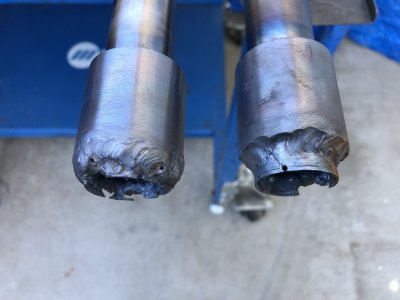
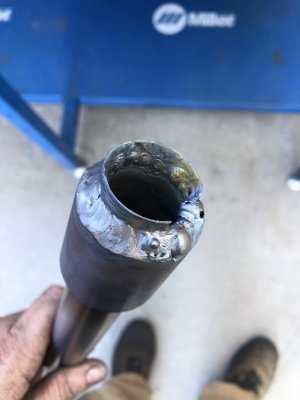
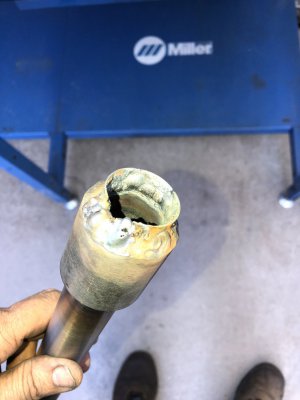
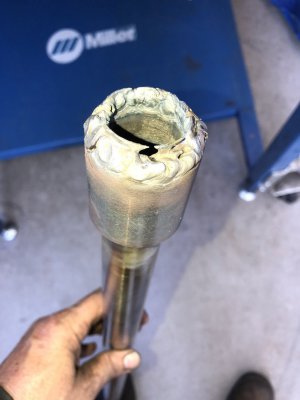
That should work out, Erik. You've created some unusual assemblies leading to unusual techniques, which is great for practice. It's a tool storage rack, which is the metal shop equivalent of a birdhouse or a cutting board. It's the right place to experiment and try stuff, because if it works out, you'll have something cool to show for it.
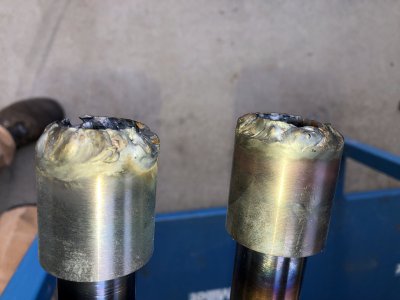
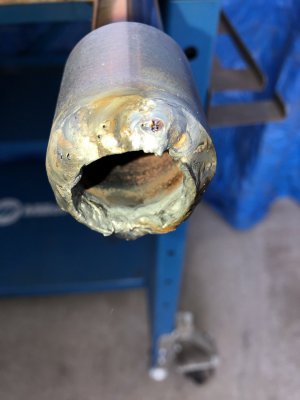
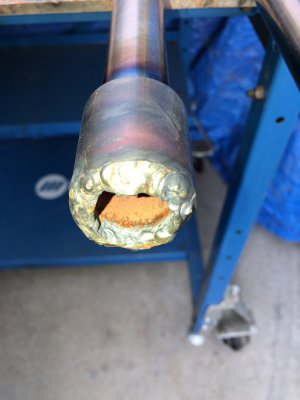
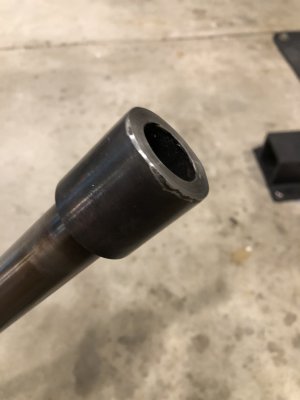
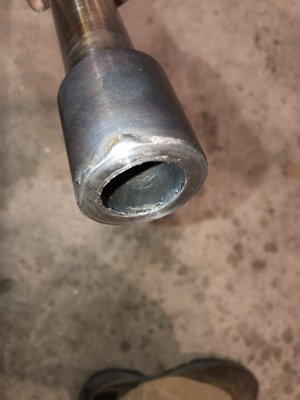
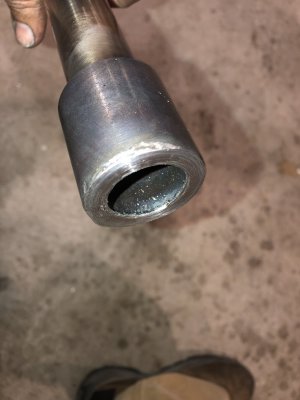
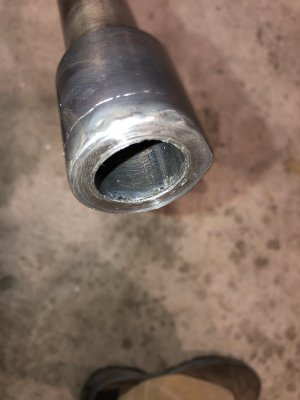
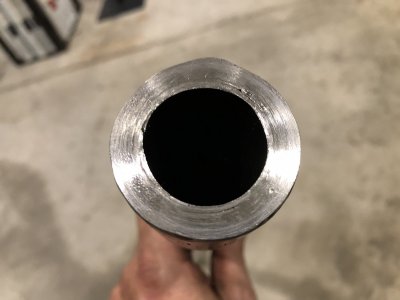
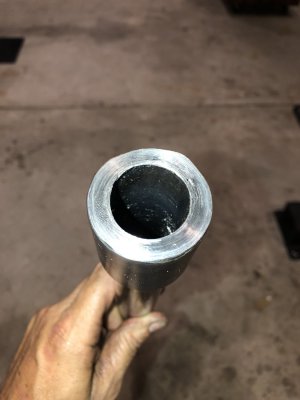
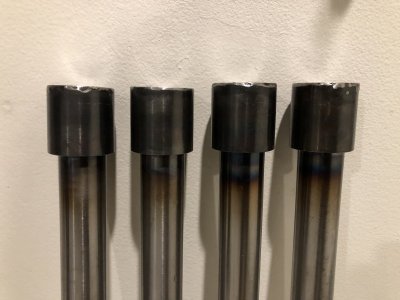
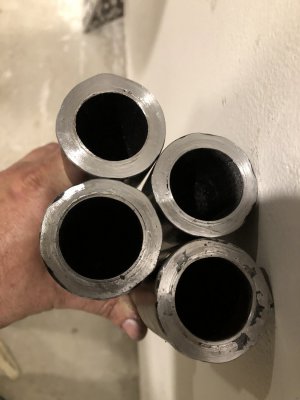
Since it's not structural, you could have run a fusion weld with no filler along the inside edge. Just heat the interior corner until it melts and fuses, then chase it around the inner circle. Should take about 5 seconds. No raised bead, small weld, not much heat input. In other words, if you're going to grind it off, you don't need a big 1/4" fillet weld there.
